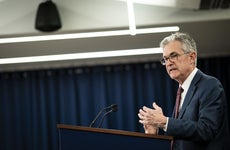Fed divided on 2022 interest rate hike, signals bond-buying taper coming ‘soon’
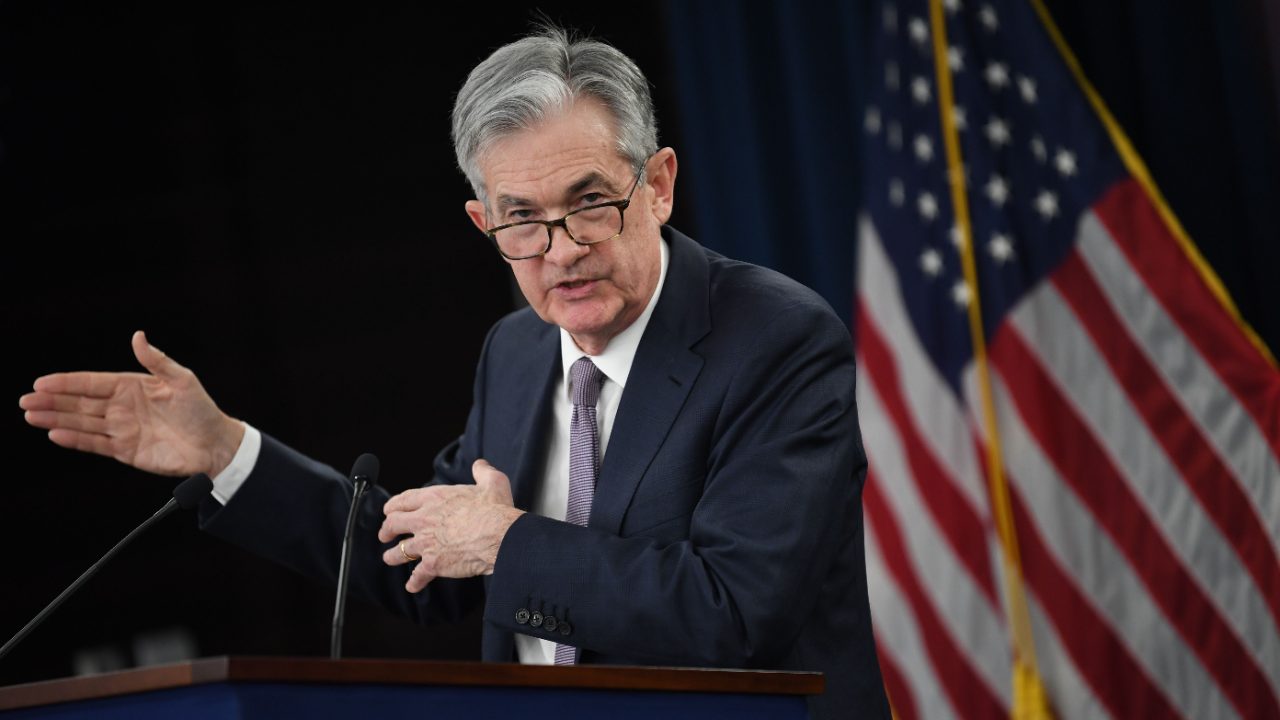
The Bankrate promise
At Bankrate we strive to help you make smarter financial decisions. While we adhere to strict , this post may contain references to products from our partners. Here's an explanation for .
The Federal Reserve signaled on Wednesday that a rate hike could now be warranted as early as next year and that it’s about to reduce how many bonds it’s buying each month — steps that illustrate central bankers’ increased confidence in the U.S. economy despite headwinds from slowing growth and the Delta variant.
Officials maintained their key borrowing benchmark at 0-0.25 percent, where it’s been since the coronavirus pandemic first bulldozed into the economy.
Yet, half of Fed policymakers project at least one interest rate increase in 2022 and three policymakers see at least two hikes in the year, according to the latest Summary of Economic Projections. Those would be the first rate hikes since 2018, reflecting a Fed that’s growing considerably more hawkish. Policymakers back in July had expected to first lift-off rates at least two times in 2023. Just one participant sees rates on hold through 2023.
Meanwhile, officials said the U.S. economy has made “progress” toward maximum employment and price stability, the Fed’s twin goals for restoring a more normal monetary policy as the economy rebounds from the pandemic. The phrasing suggests that the Fed is close to announcing a formal decision on when, and how much, it plans to slow its $120 billion monthly bond purchases.
“If progress continues broadly as expected, the committee judges that a moderation in the pace of asset purchases may soon be warranted,” the Federal Open Market Committee (FOMC) said in its post-meeting statement.
Those decisions all have major implications for consumers’ wallets. The fed funds rate influences how much consumers pay to take out short-term debts, from auto loans to credit cards, while yields on savings accounts and certificates of deposit (CDs) follow rate moves in lockstep. The Fed’s asset purchases, on the other hand, influence longer-dated borrowing, such as mortgages and refinance rates, as well as expectations about inflation and economic growth.
“The Federal Reserve has teed up the option of announcing a start to tapering at their next meeting in November, while keeping their options open in the meantime should the Delta variant or debt ceiling brinkmanship stunt the economic recovery,” says Greg McBride, CFA, Bankrate chief financial analyst.
Fed battles an uneven economic backdrop
The Fed is placing a greater emphasis on getting Americans back to work, hoping to run the economy hot enough for long enough to help today’s roughly 5.6 million missing workers find jobs again. That means keeping interest rates lower for longer, but officials are grappling with an uneven outlook, making the typical juggle between maximum employment and stable prices trickier than usual.
Consumer prices soared in August by the most in 13 years, while the Fed’s preferred way of tracking inflation soared in July by the most since the early 2000s, according to recent figures from the Department of Labor and the Department of Commerce.
The Fed now wants inflation to average at 2 percent over time, yet price increases this year have averaged out to 3 percent and are on track to even exceed that. Up in the air is how much those increases have to do with temporary factors, with disrupted supply chains, shortages, elevated consumer demand and below-average readings from last year in the mix. Consumers, however, are starting to expect that inflation on some level is here to stay, giving companies more wherewithal to hike prices and risking that price gains become more sustained.
At the same time, conflicting signals are complicating how officials can track maximum employment. About 8.3 million workers remain out of a job, unemployment is historically elevated and employers are adding positions at a tepid pace, according to the August jobs report. Some measures suggest that the labor market could be tighter than officials think, with job openings in August hitting a record 10.9 million, outnumbering the number of unemployed.
Officials have chalked that up to lingering apprehension about the virus, child care restraints and ramped up unemployment benefits — which expired on Sept. 6. Yet, labor force exits and retirements might have permanently shrunk the pool of available workers. The Fed needs more time to tell what’s going on, but soaring inflation could challenge that patience.
Fed sharpens rate hike outlook
That economic backdrop is putting more pressure on the Fed’s rate hike outlook, with officials growing less patient to keep rates at rock bottom in their latest projections.
The quarterly projections showed that half of officials (9 out of 18) preferred to hike interest rates in 2022, versus just seven in June. Meanwhile, the median projection among Fed policymakers for 2023 showed the fed funds rate in a target range of 1 to 1.25 percent, a full 1 percentage point higher than where it is now.
The Fed also offered clues on its 2024 rate projections, with the median estimate among Fed policymakers showing a federal funds rate in a target range of 1.5 to 1.75 percent for the year.
While those projections aren’t official forecasts and the outlook could change, they still reflect growing confidence in the economy.
The dots say, “We can do a pretty fair amount of unloosening of monetary policy, and they think the economy would be strong enough for it,” says Mark Fleming, chief economist for First American Financial Corporation. “You don’t hit the brakes right before you run into the car in front of you; you start to tap the brakes long before you get there. They believe the economy is strong, will continue to be strong and grow, and that we need to start pulling the brakes on monetary policy sooner rather than later.”
Policymakers’ economic forecasts, however, were mixed. Officials see their preferred measure of price gains rising 4.2 percent in 2021 — up from their previous June projection of 3.4 percent — while rising by 2.2 percent in both 2022 and 2023.
At the same time, policymakers no longer expect that joblessness will fall as much in 2021 (revising their unemployment forecast to 4.8 percent from 4.5 percent in June), reflecting concerns about the Delta variant, Powell told journalists in a post-meeting press conference.
The Fed sees unemployment sinking to 3.8 percent in 2022 and 3.5 percent in 2023, and then holding there through 2024.
The U.S. economy by its broadest scorecard has already recovered most of the ground lost to the pandemic, with gross domestic product (GDP) already soaring past pre-outbreak levels. Helping to fuel momentum is the Fed’s extraordinary accommodation and massive fiscal stimulus since the crisis began, with President Joe Biden and former President Donald Trump each signing their own massive $2 trillion packages — both of which sent stimulus checks to consumers and scaled up jobless benefits.
The ultimate question, however, is how much of that pace can be sustained. Economists are expecting the best economic performance in nearly four decades this year, but that sugar high could wear off as stimulus works its way through the system. Other headwinds from the Delta variant could threaten weigh on the rebound, keeping jittery consumers at home and more workers on the sidelines. Stocks on Monday slid by the most in four months as investors worked through concerns about slowing growth and China’s real estate sector.
When it comes to GDP, policymakers downgraded their growth expectations for 2021 (5.9 percent versus 7 percent in June) but upgraded those projections for 2022 and 2023.
Powell said no decisions on tapering assets had officially been made, meaning the Fed wants to reserve the right to be flexible should the outlook darken. But he made strong hints that the drawdown could come as soon as its November meeting, adding that substantial further progress in the labor market has been “all but met.”
“Participants generally viewed that so long as the economic recovery remains on track, a gradual tapering process that concludes around the middle of next year is likely to be appropriate,” Powell said. “We could easily move ahead at the next meeting — or not, depending on whether we think those tests are met.”
What this means for you
Higher prices may eat away at your purchasing power, but consumers and investors still have steps that they can take to minimize the impact.
Manage a diversified portfolio with traditionally inflation-safe investments, from dividend-paying stocks and preferred stocks to real estate investment trusts. Meanwhile, avoid leaving too much cash in fixed-income investments, such as bonds, which tend to be more sensitive to price increases.
Experts also say refinancing your mortgage could be a crucial way to free up some cash — money that you can use to either strengthen your emergency fund or pad up your wallet to make up for rising prices. A Bankrate survey from July found that 74 percent of Americans with a mortgage hadn’t yet refinanced despite record low rates, meaning you haven’t missed out on the opportunity.
Even once the Fed starts to slow down its bond purchases, mortgage rates aren’t exactly bound to rise, experts say. Even so, don’t wait too long. Refinance rates are sensitive and oscillate from week to week, meaning it’s never a bad time to assess your finances and compare rates with other lenders on the market.
Consumers with high-cost credit card debt will be better off if they can eliminate their overhanging balances now, while rates are still low. Analyze how much you would save in interest by estimating the cost of transferring your debt to a balance-transfer card.
And while market participants might dread the idea of less monetary stimulus, consumers and investors should cheer the news when it does come, reflecting that the economy is rebounding from its worst plunge in a lifetime. Nothing bodes better for your wallet, investments and job prospects than a strong outlook and sustainable growth.
“There is this concern or fear that tighter monetary policy is always riskier than leaving it loose or loosening it, but I would counter it,” Fleming says. “We can have less loose monetary policy and still have a well-functioning, growing economy.”
Learn more:
Related Articles
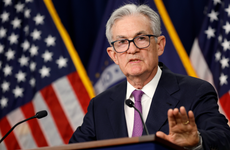
Fed keeps interest rates at 22-year high as economy stays surprisingly strong
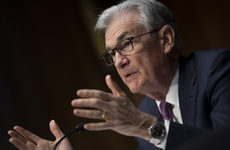
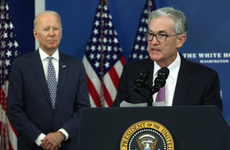
Fed sees three rate hikes in 2022 and speeds up its taper of bond purchases
